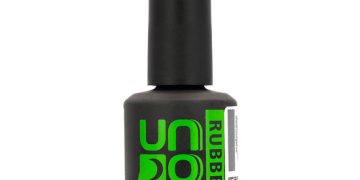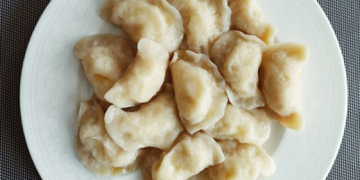Quinoa is rich in iron, which is important for transporting oxygen throughout the body. If a personis lacking iron, they could become anemic and experience fatigue, weakness, and anemia. One cup of black quinoa contains 15% of one’s daily iron requirement. Quinoa is high in antioxidants, including anthocyanins. These compounds protect human body from cardiovascular disease and chronic illness. However, some people have reported experiencing digestive distress after consuming this grain. Black quinoa, however, contains fiber to help alleviate this problem.
When cooking quinoa, it should be used in recommended ration with water. Approximately 20 minutes is the recommended cooking time. Black quinoa is a versatile ingredient that can easily be added to recipes for color, texture, or other benefits.it is a healthy alternative to rice, using quinoa in salads or as a meal prep staple. It pairs well with fresh ingredients and goes great with salads.
Furthermore, black quinoa is an excellent source of protein. It contains all nine essential amino acids. It is easy to digest and contains no gluten. It is also high in dietary fiber and iron. Along with being an excellent source of protein, quinoa is high in other nutrients such as magnesium, phosphorus, manganese, and riboflavin. All of these nutrients help keep the body healthy. This versatile grain is gluten-free and can be ground into quinoa flour.
Latest report available at Coherent Market Insights indicates that Black Quinoa Market to Surpass US$ 193.15 Million by 2027
Ancient Incas used quinoa, and it has been grown throughout the Andes for centuries. Its Quechua name means “the mother grain.” The heirloom source is higher in protein, fat, and fiber than any other grain. It is a complete protein, and is the closest to the ideal protein balance of all grains. Black quinoa is the best kind of quinoa to grace a plate. Black quinoa is similar to red quinoa, however has a much bolder flavor. It looks stunning in salads and adds a pop of color to the dish. Black quinoa is also sometimes referred to as tricolor quinoa, which contains different kinds of quinoa. According to the Center for the Promotion of Imports from developing countries (CBI) the import of quinoa from Peru, Bolvia and Ecuador was 34% in the U.S.
















